During the night from Sunday to Monday, a collective repainted the side of the 374 steps of the Montagne de Bueren, in Liège, in the colors of Palestine. If the stairs are the tourist attraction par excellence of the Cité ardente, on Monday morning, it was mainly Liégeois who traveled to rue Hors-Château to “admire” this impressive fresco.
On site, passers-by were mainly present “to make sure it wasn’t fake news.”. And for good reason, city workers were already present in the early hours of the morning to erase the giant flag. Late risers will only have the photos posted on social networks to imagine the scale of the event.
This symbolic gesture “aimed to show Liège’s solidarity with the Palestinian people, who have suffered colonization, apartheid and daily violence from the State of Israel and its allies for more than 75 years, as well as genocide since the 7 October 2023”, indicated the collective. The latter calls for a “immediate end to the killings and violence in Gaza, as well as a total and unconditional withdrawal of the Israeli army from the occupied territories”.
Facts of degradation
The steps quickly returned to their almost usual cobblestone color, to the great dismay of the collective, who were nevertheless not surprised. “The rain or the Commune will erase this painting soon enough, but the wounds and the anger generated by the massacres of Israel and the neglect of our leaders will, for their part, be indelible.”.
A collective repainted the Bueren stairs in Liège in the colors of Palestine.
Note that in the office of the alderman for Cleanliness, Gilles Foret, we estimate “that it will take between two and three days of work to return the site to its original state given the technical difficulty of the operation”.
This nighttime operation did not fail to provoke a reaction from the mayor of Liège, Willy Demeyer. “This demonstrates the fact that in the metropolises, all international facts find a sounding board. It’s a complex situation. But whatever the opinions of each person, we live in Liège and social cohesion must remain between Liégeois and Liégeoises, without disturbing their peace.” “Regardless of the nature of the tags made or the stickers affixed to public property, the City’s objective is to preserve the cleanliness of public spaces while avoiding damage to our living environment as much as possible.”, adds Gilles Foret.
In the meantime, as confirmed by Jean-Marc Demelenne, the head of the Liège police, the usual findings were drawn up this Monday morning by the police. “There has not (yet) been a complaint filed, but in the strict sense of the law, these are acts of degradation.”
The anti-tag brigade
In total, this cleaning action “will have a significant cost for the City of Liège”, announces the Cleanliness alderman. “The first estimates of expenses amount to between 10,000 and 15,000 euros excluding VAThe explains. Everything will naturally depend on the number of working days spent, as well as the water consumption required.”.
”In addition to the cost that this work represents for the community, this event obviously prevents the normal deployment of the anti-tag brigade in other districts of Liège”concludes the elected official.
This team of 15 people carried out, in 2023, 23,963m² of graffiti removal and 29,577m² of high-pressure cleaning. Please note that, since March 1, 2024, services can clean graffiti on their own initiative, unless the owner has previously indicated their refusal via a form. In the past, the owner who was the victim of a tag had to ask the City to delete it, which lengthened the intervention time.





